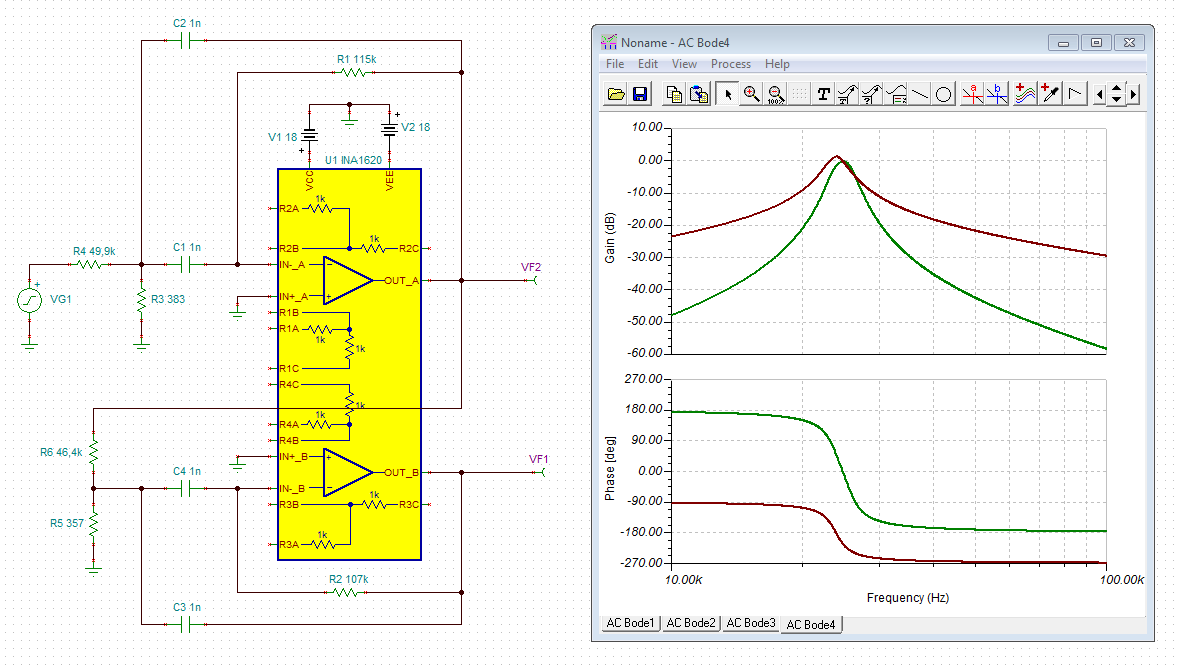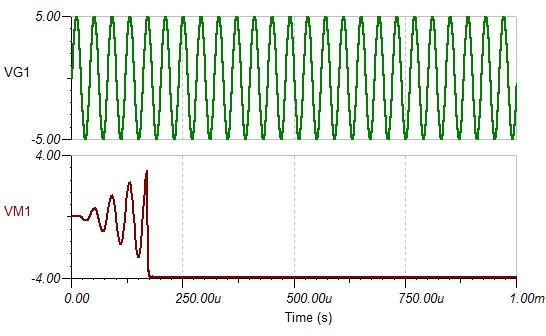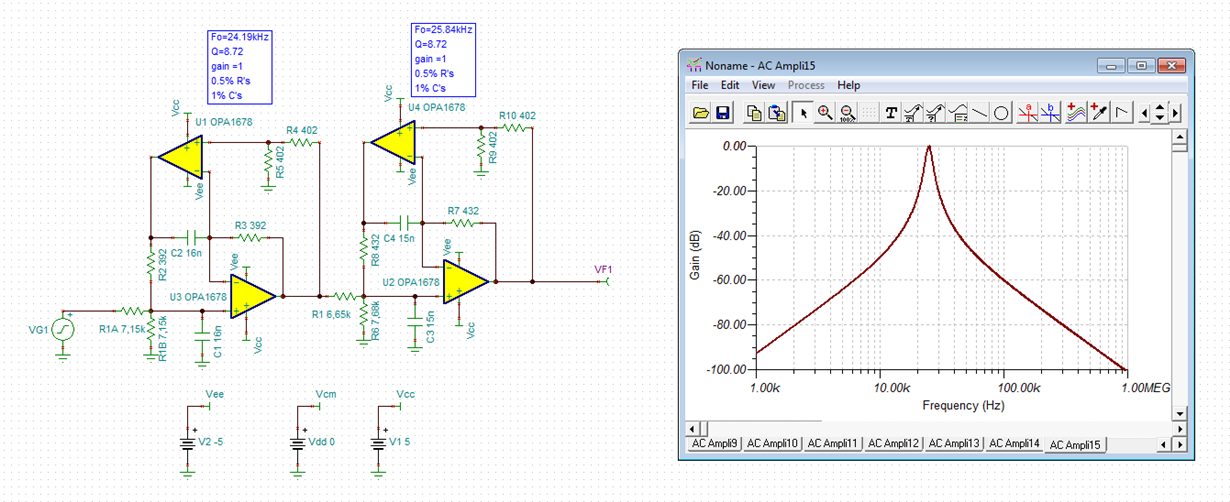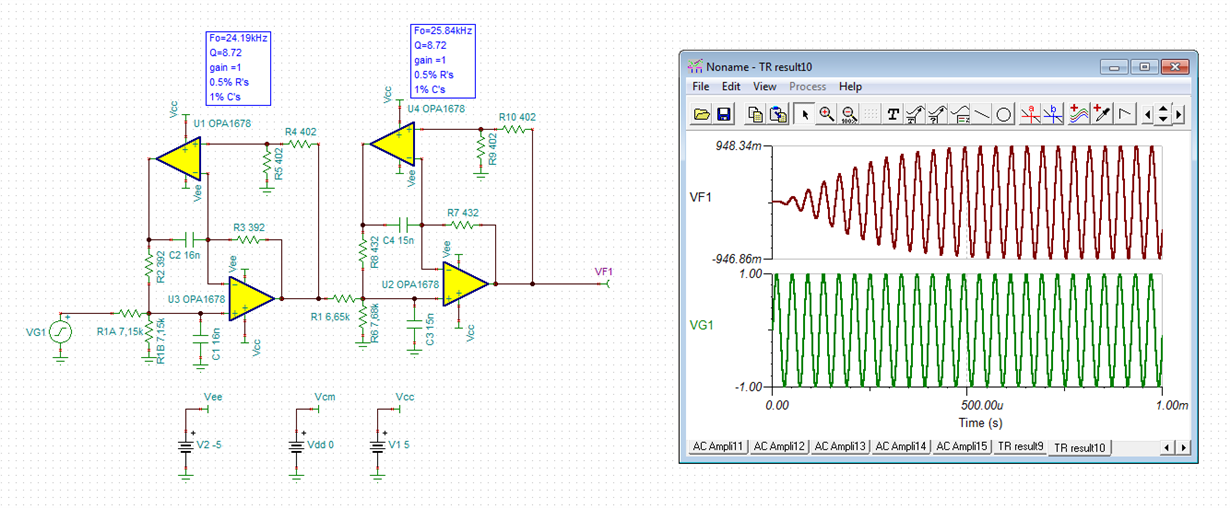Other Parts Discussed in Thread: TINA-TI, BUF634, , INA1620, TLV2422, RC4558, OPA1678
Tool/software: TINA-TI or Spice Models
Hi Sir,
The following are BPF requirements and please provide TINA simulation. Thank you.
1. 25KHz BPF
-opamp power supply 5/-5V or +15/-15V
-input 5V 25KHz square wave
-BPF BW: 1KHz
-filter order: 8
-ripple: 1dB
-stopband attenuation: -35dB at least
-25KHz phase: 0 degree
2. 60Hz BPF
-opamp power supply 5/-5V or +20/-20V
-input 5V 60Hz square wave
-BPF BW: 20Hz
-filter order: 8
-ripple: 1dB
-stopband attenuation: -35dB at least
-60Hz phase: 0 degree







